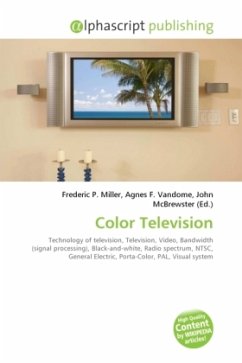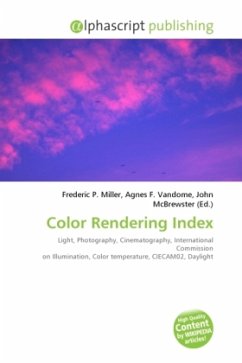Color television refers to the technology and practices associated with television's transmission of moving images in color. In its most basic form, a color broadcast can be created by broadcasting three monochrome images, one each in the three colors of red, green and blue (RGB). When displayed in fast succession, these colors will blend together to produce a single color as seen by the viewer. One of the great technical challenges of introducing color broadcasting was the desire to reduce the high bandwidth, three times that of the existing black-and-white (B&W) standards, into something more acceptable that would not use up most of the available radio spectrum. After considerable research, the NTSC introduced a system that encoded the color information separately from the brightness, and greatly reduced the resolution of the color information in order to conserve bandwidth. The brightness image remained compatible with existing B&W television sets, at slightly reduced resolution, while color televisions could decode the extra information in the signal and produce a limited-color display.
Bitte wählen Sie Ihr Anliegen aus.
Rechnungen
Retourenschein anfordern
Bestellstatus
Storno








